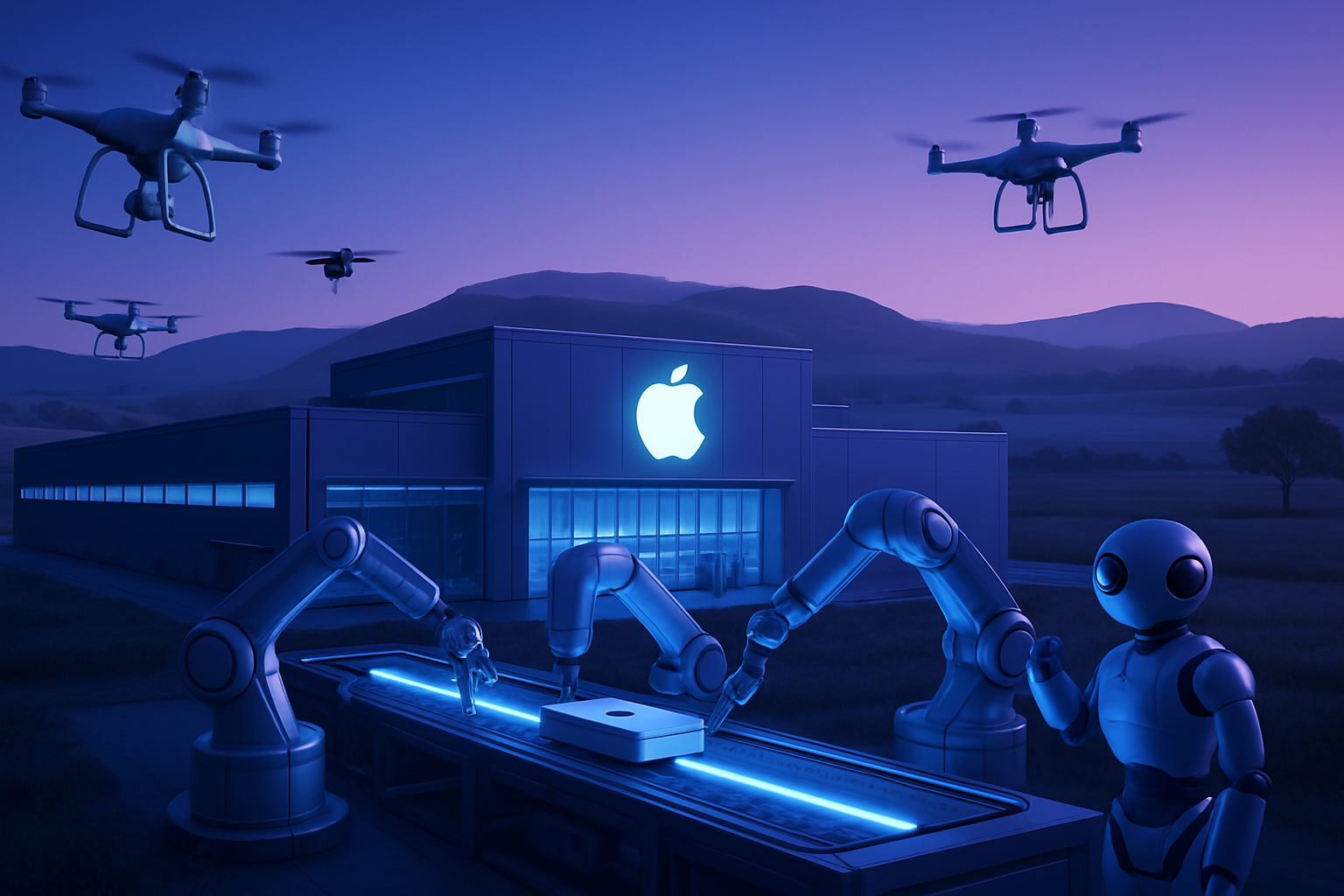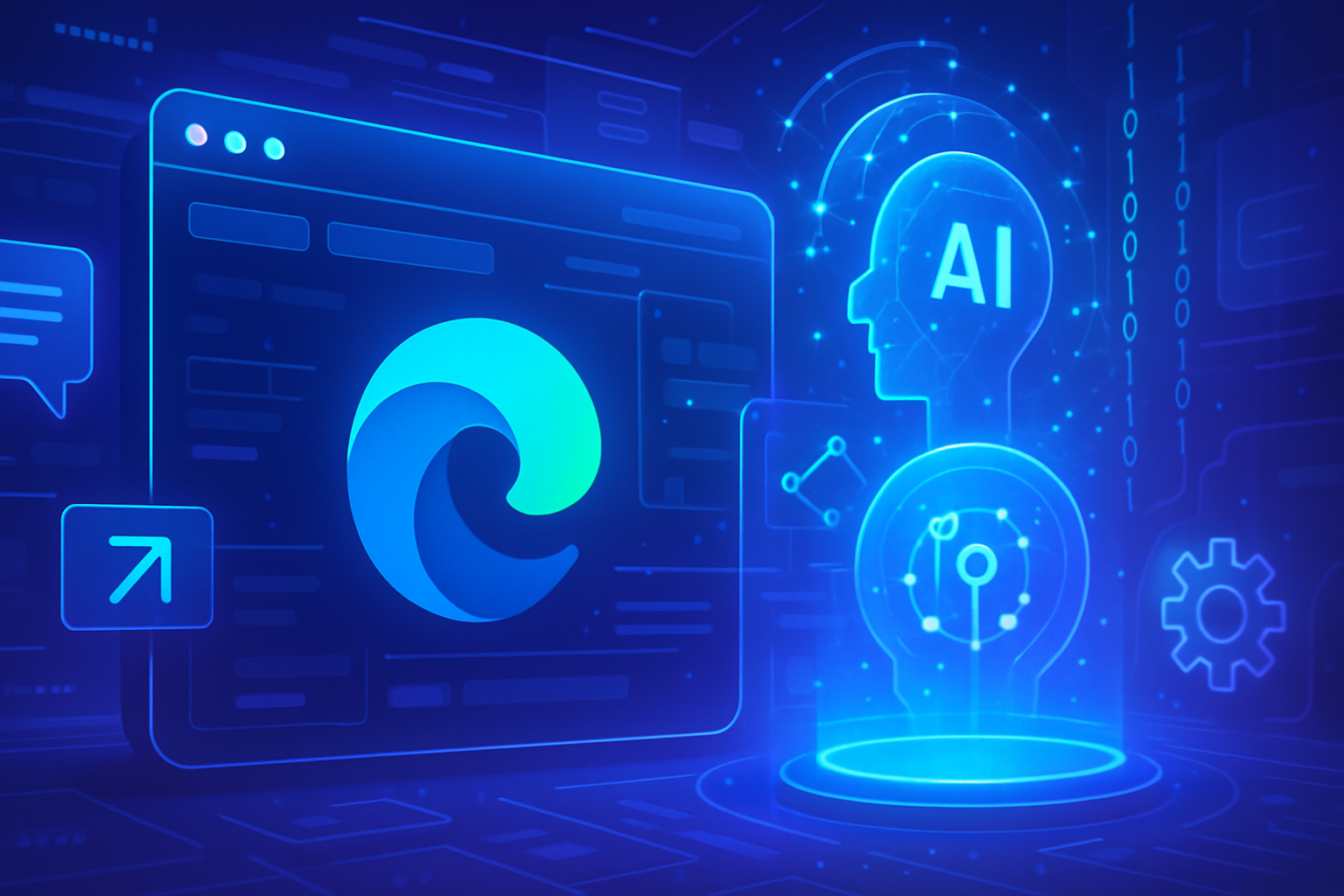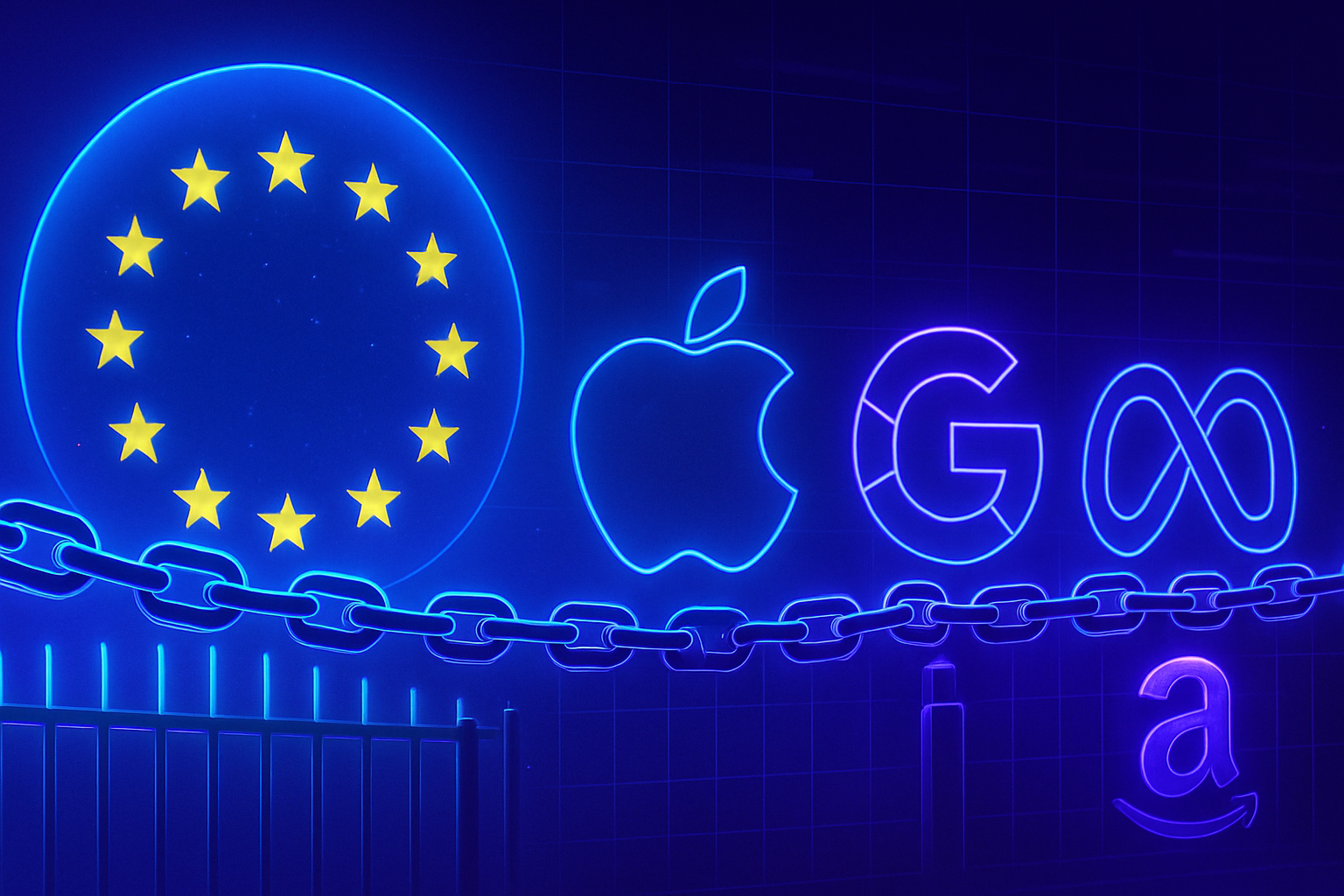Generative AI is experiencing an unprecedented rise, attracting the attention of investors and companies. _The parallel with the rise of Facebook becomes fascinating._ Morgan Stanley anticipates that this innovative technology could follow a similar adoption curve to that of the iconic social network. _The implications of this adoption reveal transformational potential._ Companies are restructuring to integrate these intelligences into their business models, sparking growing interest in innovative solutions. _The equation between popularity and utility becomes paramount._
Generative AI and its adoption
A report from Morgan Stanley suggests that generative AI could follow a similar adoption curve to that of Facebook. Experts from the investment firm estimate that technologies based on generative AI will develop rapidly, especially among younger generations, who are adopting these tools more proactively.
Comparison with Facebook
As it grew in popularity, Facebook experienced explosive adoption, reaching millions of users in just a few years. This dynamic could repeat with generative AI, as more and more applications and services are integrated into users’ daily lives.
The catalysts of this adoption
The need for innovation in various sectors drives the demand for advanced AI systems. For example, content creation, customer service automation, and optimization of business processes are areas where generative AI offers clear benefits. The integration of these technologies could radically transform how companies operate.
The persistent concerns
Despite the excitement, fears persist regarding data privacy and the reliability of AI generators. Studies indicate that some users remain wary of these technologies. The ethical challenges associated with the use of personal information could hinder large-scale adoption.
An inevitable evolution
The trend toward the adoption of generative AI shows no signs of stopping, reinforced by the efforts of major tech companies. Microsoft and Google, among others, are investing heavily in these innovations to avoid falling behind in the market. This competition will further fuel public interest.
Future scenarios
According to analysts, by 2025, the use of generative AI could intensify with various tools, ranging from chatbots to decision-support systems. The adoption of these technologies could optimize entire sectors, from education to healthcare to entertainment.
Market trends
Growing interest in generative AI is also observable in the financial sector. Advisors, for example, are beginning to use virtual assistants to provide more personalized services. This dynamic points to a widespread adoption of AI systems across different professional fields.
The issue of acceptability
The success of generative AI will also depend on its acceptability by the general public. Negative perceptions, particularly regarding privacy, must be alleviated through educational and awareness campaigns. It is essential to inform the public about the benefits while addressing ethical concerns.
Conclusion of the Morgan Stanley study
Morgan Stanley estimates that if these challenges are addressed, generative AI could emerge as an essential innovation, akin to social networks. The necessary adjustments also involve regulations that must govern the use of these technologies to ensure healthy and ethical development.
FAQ on the adoption of generative AI and its comparisons with Facebook
What is the adoption curve of generative AI compared to that of Facebook?
According to Morgan Stanley, generative AI could experience an adoption curve similar to that of Facebook, indicating a potential for rapid growth over the coming years, once users gain confidence in this technology.
What factors could influence the adoption of generative AI as was the case for Facebook?
Factors include the accessibility of technologies, ongoing improvements in AI tool performance, integration into daily applications, and public perceptions of the benefits and risks associated with AI.
What are the similarities between generative AI and Facebook in terms of adoption?
Both technologies have the potential to transform entire sectors, attracting significant attention and a large number of users upon their introduction, relying on user-friendly interfaces and innovative features.
What challenges might generative AI face in its adoption?
Challenges include concerns about data security, AI regulation, the need to educate users on responsible use, and the risk of misinformation generated by AI models.
How can companies prepare for the adoption of generative AI?
Companies should invest in training for their employees, experiment with generative AI tools, and establish clear policies for the use of this technology to maximize benefits while minimizing risks.
Which sectors could benefit the most from the adoption of generative AI?
Sectors such as marketing, finance, healthcare, and human resources could benefit the most from generative AI, using this technology to automate tasks, analyze data, and improve decision-making.
Are younger generations more likely to adopt generative AI?
Yes, younger generations, accustomed to new technologies and their integration into daily life, are generally more open and receptive to the adoption of generative AI compared to older generations.
What will be the societal impacts of adopting generative AI?
The impacts could be significant, particularly in terms of job transformation, optimization of work processes, and ethical questions regarding automated decision-making and information manipulation.
How can we evaluate the evolution of generative AI adoption over time?
The evolution can be tracked through indicators such as the number of active users, the volume of investment in this technology, and the available tools on the market, as well as the observed transformations in application sectors.






